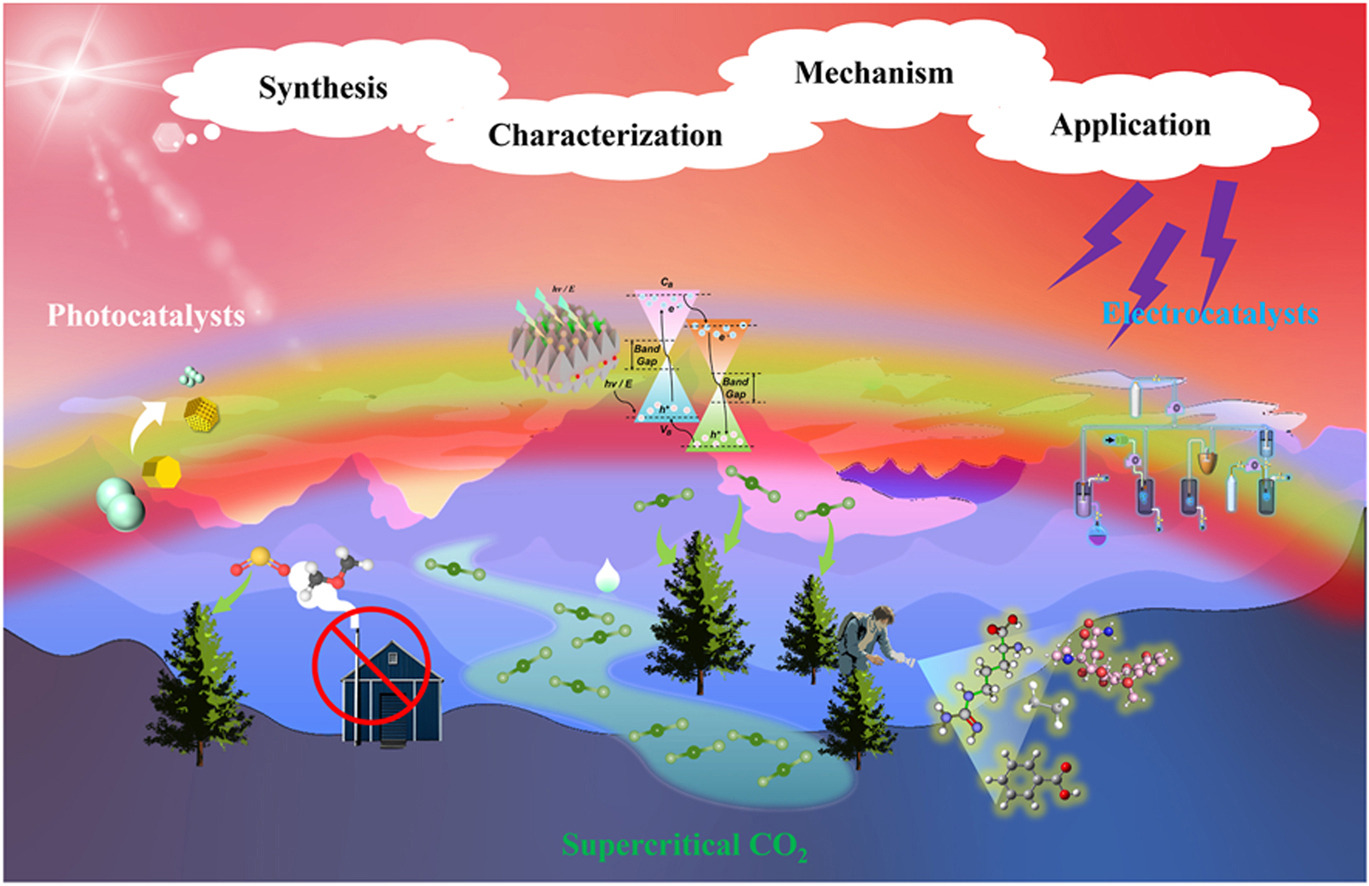- Volumes 96-107 (2025)
-
Volumes 84-95 (2024)
-
Volume 95
Pages 1-392 (December 2024)
-
Volume 94
Pages 1-400 (November 2024)
-
Volume 93
Pages 1-376 (October 2024)
-
Volume 92
Pages 1-316 (September 2024)
-
Volume 91
Pages 1-378 (August 2024)
-
Volume 90
Pages 1-580 (July 2024)
-
Volume 89
Pages 1-278 (June 2024)
-
Volume 88
Pages 1-350 (May 2024)
-
Volume 87
Pages 1-338 (April 2024)
-
Volume 86
Pages 1-312 (March 2024)
-
Volume 85
Pages 1-334 (February 2024)
-
Volume 84
Pages 1-308 (January 2024)
-
Volume 95
-
Volumes 72-83 (2023)
-
Volume 83
Pages 1-258 (December 2023)
-
Volume 82
Pages 1-204 (November 2023)
-
Volume 81
Pages 1-188 (October 2023)
-
Volume 80
Pages 1-202 (September 2023)
-
Volume 79
Pages 1-172 (August 2023)
-
Volume 78
Pages 1-146 (July 2023)
-
Volume 77
Pages 1-152 (June 2023)
-
Volume 76
Pages 1-176 (May 2023)
-
Volume 75
Pages 1-228 (April 2023)
-
Volume 74
Pages 1-200 (March 2023)
-
Volume 73
Pages 1-138 (February 2023)
-
Volume 72
Pages 1-144 (January 2023)
-
Volume 83
-
Volumes 60-71 (2022)
-
Volume 71
Pages 1-108 (December 2022)
-
Volume 70
Pages 1-106 (November 2022)
-
Volume 69
Pages 1-122 (October 2022)
-
Volume 68
Pages 1-124 (September 2022)
-
Volume 67
Pages 1-102 (August 2022)
-
Volume 66
Pages 1-112 (July 2022)
-
Volume 65
Pages 1-138 (June 2022)
-
Volume 64
Pages 1-186 (May 2022)
-
Volume 63
Pages 1-124 (April 2022)
-
Volume 62
Pages 1-104 (March 2022)
-
Volume 61
Pages 1-120 (February 2022)
-
Volume 60
Pages 1-124 (January 2022)
-
Volume 71
- Volumes 54-59 (2021)
- Volumes 48-53 (2020)
- Volumes 42-47 (2019)
- Volumes 36-41 (2018)
- Volumes 30-35 (2017)
- Volumes 24-29 (2016)
- Volumes 18-23 (2015)
- Volumes 12-17 (2014)
- Volume 11 (2013)
- Volume 10 (2012)
- Volume 9 (2011)
- Volume 8 (2010)
- Volume 7 (2009)
- Volume 6 (2008)
- Volume 5 (2007)
- Volume 4 (2006)
- Volume 3 (2005)
- Volume 2 (2004)
- Volume 1 (2003)
• Supercritical CO2-mediated microfining technology for improving specific surface area and pore structure.
• Technology facilitating defect introduction and modulating carrier dynamics and heterostructures.
• Multi-scale charge structuring supports pollutant removal, eco-remediation, and molecular tracking.
• Green controllable platform integrating low-energy processes, facilitating catalyst industrialization prospects.
Under the driving force of the "carbon cycle" goals, achieving efficient synthesis and precise functional regulation of catalytic materials while simultaneously addressing CO2 resource utilization and environmental friendliness has become a central challenge in the fields of energy catalysis and pollution control. Traditional synthesis methods often face issues such as insufficient precision in microstructure regulation, high energy consumption in processes, and solvent pollution, while the inadequate exposure of active sites and low mass transfer efficiency of CO2 conversion catalysts further hinder their large-scale application. In response to these challenges, supercritical carbon dioxide (sc-CO2) technology, leveraging its unique physicochemical properties and green process characteristics, offers an innovative solution for the multi-scale structural design and performance optimization of catalytic materials. This review systematically analyzes the mechanisms by which sc-CO2 technology regulates micro/nano structures (e.g., defect engineering, hierarchical pore construction), modifies active sites (e.g., heteroatom doping), and enhances reaction kinetics in the synthesis of photo/electrocatalysts, revealing its key role in improving CO2 reduction efficiency, pollutant degradation rates, and sensor sensitivity. Furthermore, it highlights that, future advancements in machine learning-driven process optimization, single-atom catalyst design, and reactor fluid dynamics innovation can overcome current limitations such as sensitivity to pressure-temperature conditions and insufficient material stability. This review provides a theoretical framework for developing sc-CO2 synthesis technologies that combine atomic-level precision control with industrial feasibility, thereby advancing clean energy conversion and low-carbon manufacturing.

